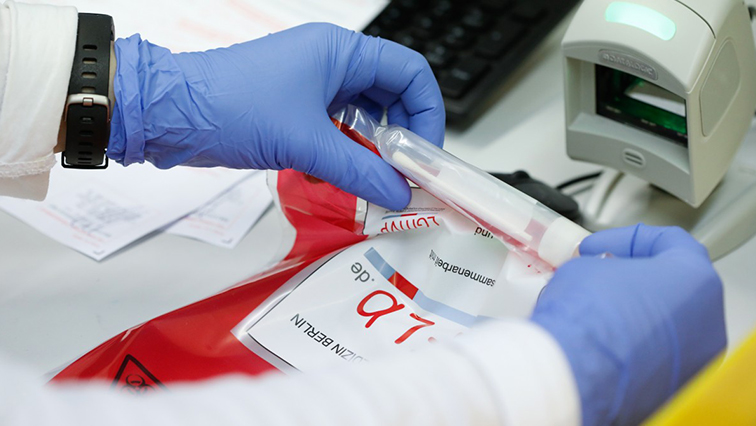Africa Centres for Disease Control and Prevention’s (Africa CDC) director Dr John Nkengasong says they do not have answers to why the COVID-19 pandemic has not grown as fast as expected in South Africa.
He was asked at a weekly COVID-19 webinar as to what the reason was for COVID-19 not growing as fast in South Africa and why the numbers of related-deaths were low compared to other countries.
“But what we are seeing on the continent is that a vast majority of people are symptomatic, we’ve seen that in many countries. I think it is a very encouraging sign that a large number of people that have been infected are either symptomatic. But we also know that asymptomatic people do transmit so that makes it even harder to combat the virus. So having said that I think that we truly do not know the answers to those questions.”
The difference between a symptomatic and an asymptomatic person is that an asymptomatic person does not exhibit any symptoms of the disease while a symptomatic person exhibits symptoms.
The Africa CDC director further outlined that COVID-19 was a new virus. He also stated that even with the Human Immunodeficiency Virus (HIV), which has been around for longer, there are still questions surrounding the HIV pathogenesis.
“I’ve always maintained that this is a new virus. We’ve only lived with this virus for the past eight months. If you put that in comparison with HIV, we lived with HIV for 40 years and we still do not have all the answers surrounding the HIV pathogenesis ( why it causes disease in others and not someone else). So, I think we continue to learn from it. This is what we know about the virus that there are certain mutations that are now being described that may be influencing the disease-causing ability of the virus. The so-called D614G mutation is a good example. That mutation has been shown that it occurs in the genes that lead to the expression of the spike proteins than it can influence the ability for the virus to spread quickly but not necessarily for the ability of the virus to cause disease. We will be investigating that,” adds Dr. Nkengasong.
Increase in infections
Dr. Nkegasong says there a few countries in each region if their COVID-19 infection numbers increase they tend to influence the overall numbers of that region.
This as there has been an increase of infections in East and North Africa compared to the overall rate in the continent which is on the decrease.
“If you unpack those countries there are certain countries within each of those regions that continue to also show a trend of downward like Kenya in East Africa. So, I think we are analysing data as a whole. There a few countries in each region if their numbers increase they tend to influence the overall numbers like in North Africa Morocco there are increasing cases over the last couple of weeks but at the same time if you look at Egypt, Egypt continues to show a nice decrease and that would also be true for Libya it continues to show an increase.”
Nkegasong says, “Then if you look at east Africa Ethiopia is showing an increase and that can influence the regional trends. So, I think let’s be mindful as I said that these regional patterns that we are presenting you have to unpack it and do a deep dive into the countries to see how countries are behaving.”
Africa CDC weekly press briefing on #COVID19 – 3 September 2020https://t.co/GMgobfy6Eb
— Africa CDC (@AfricaCDC) September 3, 2020
Dr Nkegasong also added at the webinar that all nations should join hands in a global effort to procure and distribute potential vaccines against the coronavirus across the globe.
According to Reuters, the World Health Organisation (WHO) said 76 rich nations were now committed to joining a global COVID-19 vaccine allocation plan co-led by the WHO that aims to help buy and fairly distribute the shots.
The United States, however, said it would not join the effort, called COVAX, due to President Donald Trump’s administration’s objection to WHO involvement.






